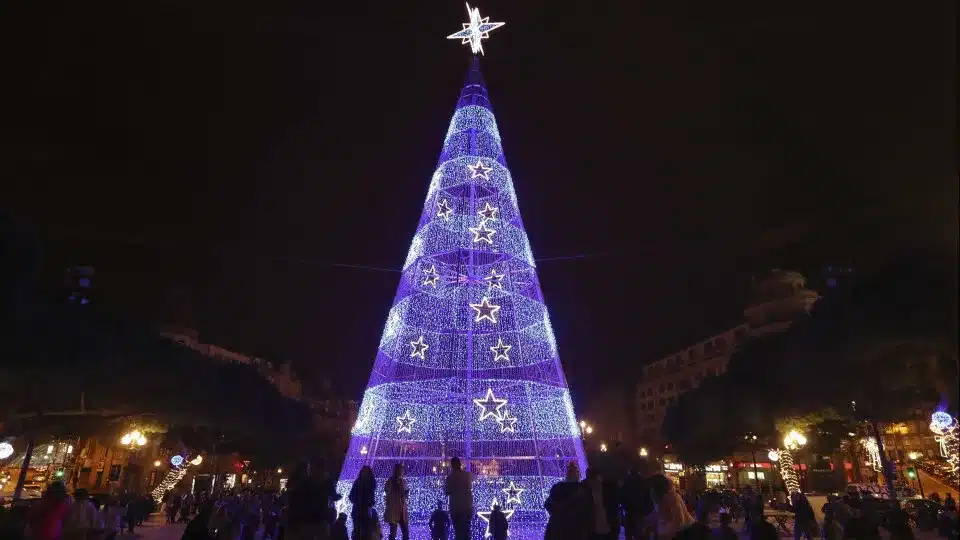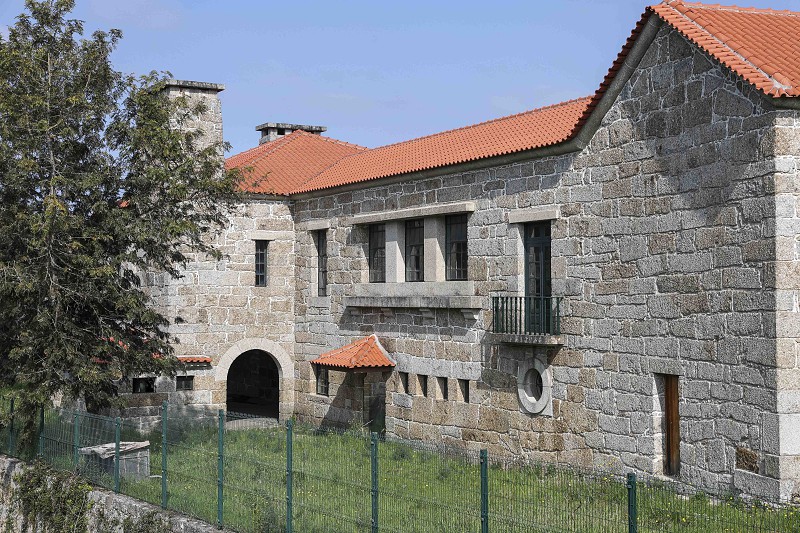Half a century after the end of the Estado Novo, Santa Comba Dão is preparing to create an interpretive center on this period of Portuguese history, but the project is shrouded in controversy and overshadowed by fears that it will ‘resurrect’ fascism.
António Oliveira Salazar, a major figure in the Estado Novo, was born in Vimieiro, in the municipality of Santa Comba Dão, in the district of Viseu.
For around 17 years, the city council executives – first led by social democrat João Lourenço and then by socialist Leonel Gouveia – have been talking about the project, arguing that it would be a way of boosting tourism development.
“If this project had been initiated elsewhere, namely in Lisbon, it would probably have already been done. But since it’s in Santa Comba Dão, it seems to me that there are constantly forces trying to block it,” António José Correia, who was João Lourenço’s vice-president and is currently a councillor for the opposition PSD/CDS-PP, told Lusa.
There is also “a lack of determination and political strength to implement it”, said the councillor, recalling that Leonel Gouveia had announced the opening of the first phase of the Estado Novo Interpretive Center (CIEN) for May 2023, which has not happened to date.
Leonel Gouveia declined to speak to Lusa, but in March 2023 he said that he wanted to have the input of local residents and visitors for the final CIEN project, which will be located in the Cantina Salazar School, a building from the 1940s in Vimieiro.
“We want, on the one hand, to showcase the school building, which in itself has historical value and, on the other, to put a project that has been worked on and validated to the vote of visitors and residents,” he explained at the time.
Despite criticism of the municipality for wanting to use a dictator to promote the county, over the years the project has gone through several phases, and has even been part of a network of interpretive centers linked to the history and political memory of the First Republic and the Estado Novo, which has not continued.
António José Correia stressed that “this is a strategic project for Santa Comba Dão” and, despite having some differences from what was thought up under João Lourenço, the opposition supports Leonel Gouveia.
“We have nothing to oppose, quite the opposite. We’ve said many times that we’re at the president’s side to implement this project,” he said.
The chairman of the PSD council also recalled that the Estado Novo was “a remarkable period in the history” of Portugal and that a project depicting it “should be developed in Santa Comba Dão”.
The Union of Portuguese Anti-Fascist Resistants (URAP) is of a different opinion, having already presented two petitions to the Assembly of the Republic against the project: in 2009, with 16,000 signatures, and in 2020, with 11,000 signatures.
“In most European countries that have experienced Nazism and fascism, dictatorships, historical memory – which is what this is all about, at least for URAP – is not done on the side of those who promoted the dictatorship, it’s done on the side of the victims,” António Vilarigues told Lusa.
This member of URAP’s board of directors stressed that historical memory “is not made on the side of the torturers, but on the side of those who suffered torture”, pointing to the concentration camps in Germany as an example.
António José Correia explained that, both in the past and now, what we want to implement in Santa Comba Dão is “an interpretive center in which everyone can analyze the entire Estado Novo period in its most diverse aspects – political, economic and social – so that they can make their own interpretation in a detached and free way”.
“It’s not to demonize, it’s not to exalt anything, it’s to make an impartial reading,” he stressed, adding that, to do so, the project must have “strong scientific sustainability”.
“A scientific commission should have been set up a long time ago to define what the Estado Novo Interpretive Center would be, and then there should be a political decision to implement it, in a well-communicated way, so that we can break this stigma that is beginning to exist about its construction,” he added.
For URAP, history should be explained through “museums that reflect the resistance, the victims”, as will happen, for example, in projects in Lisbon, Peniche and Porto.
António Vilarigues stressed that the collection of scientific interest is in the Tombo Tower and that in Santa Comba Dão there is only “the Olex restorer and Salazar’s bed”.
Alberto Andrade, from URAP’s National Council, considered that both the executives led by João Lourenço and Leonel Gouveia intend to “paint a black picture” of Portugal’s history in blue.
“With so much that the municipality has to develop, is it with the museum that he wants to make a tourist attraction, call ‘skinheads’, call neo-Nazis?” he asked.
A few meters from the town hall lives António Cordeiro, who is about to turn 89 and would like to see the interpretive center up and running, even though history has “good things and not so good things”.
“Politics is a bit like that, not everyone will certainly only have good things to say about Salazar. He was a dictator, so he loses. We don’t want dictators,” said the elderly man, adding that, however, because of the movement the project would give to the municipality, “it has the support of the majority of people” in the town.
Fernando Durães, 76, didn’t venture such a high percentage, considering that only around 50% of residents would like to see the CIEN born in Vimieiro.
In his opinion, “controversy is only for those who want to understand it that way”.
“Our municipality has had many different colors, everyone has respected this and why shouldn’t we continue to do so?” asked Fernando Durães, after drinking his bica at a café in Largo Dr. Salazar.








